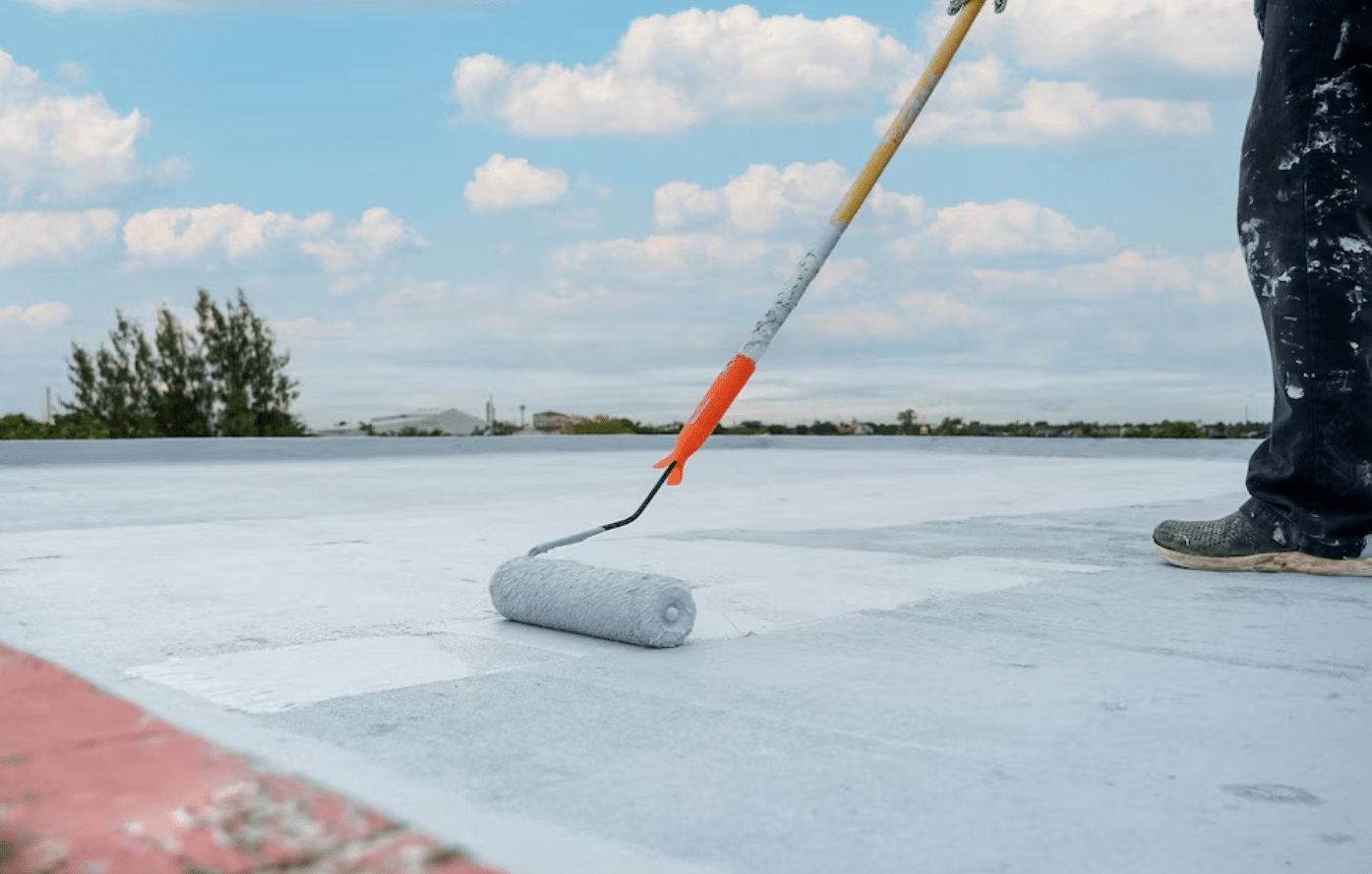Do you have a leaky ceiling? If so, you’re not alone. Ceiling leaks are a common problem during the rainy season, which results in a lot of damage to your home. Not only can they ruin your ceiling, but they can also lead to mould growth, structural damage, and even electrical problems.
If you’re dealing with a leaky ceiling, the best thing to do is to get it waterproofed as soon as possible. It will help to prevent further damage and keep your home safe.
This blog will elaborate on ceiling waterproofing and the warning signals and effects of ceiling leaks.
What are the indications of a ceiling leak?
Water stains, bubbles in the ceiling, peeling paint, a musty odour, and a sagging roof are all common indications of a leaking ceiling. Below is a brief explanation of some of the indicators:
- Water stains
Stains can appear on the ceiling surface, as water spots on the walls and floors below. The stains can be dark brown, black, or even rusty.
- Bubbles in the ceiling
If you see bubbles in your ceiling, it’s another sign of a leak. The water from the leak can cause the drywall or plaster to swell, creating bubbles.
- Peeling paint
If you see peeling paint on your ceiling, it could indicate a leak. The water from the leak can cause the paint to bubble and peel away.
- Musty smell
If a musty smell comes from your ceiling, it could be a sign of mould growth. Mould can grow in damp areas, such as those affected by leaks.
If you see any of these signs, it’s important to investigate the problem immediately and install ceiling waterproofing before it’s too late.
The dangers of leaky ceilings
Ceiling leaks put buildings at peril by causing water damage, electrical issues, and structural harm. The following dangers are more common:
- Water damage
A leaking ceiling can cause water damage to your home and can cause damage to the ceiling itself, the walls, the flooring, and the furniture. In severe cases, water damage can lead to mould growth and structural damage.
- Electrical problems
If a leak comes into contact with electrical wiring, it can cause a short circuit or fire. That is why it’s important to turn off the power to the area as soon as you find a leak.
- Mould growth
Leak-affected regions and other excessive moisture are conducive to the growth of mould. Allergies, respiratory issues, and skin irritability are a few health issues that mould can contribute to.
- Structural damage
If a leak goes undetected for a long period, it can cause structural damage to your home. May leads to sagging ceilings, bowing walls, and even collapsed floors.
If you see any signs of ceiling leak problems, ceiling waterproofing is important. The longer you wait, the more damage the leak can cause to your home and health and preventive measures can be done to avoid these issues.
What is ceiling waterproofing?
Ceiling waterproofing is the process of making a ceiling impervious to water. It can be done for various reasons, such as preventing leaks, protecting against mould growth, or making the roof more durable.
Techniques for ceiling waterproofing
There are numerous ceiling waterproofing techniques, each with advantages and drawbacks. Typical techniques include:
- Bituminous membranes
These are tar-like bitumen sheets that have been put to the ceiling. They successfully stop water from dripping through the ceiling.
- Elastomeric coatings
The ceiling is covered with these substantial, rubbery coverings. They are adaptable and may grow and shrink along the ceiling, making them suitable for humid environments.
- Liquid rubber
This particular elastomeric coating is applied to the ceiling using a sprayer. It is a good alternative for locations with uneven surfaces or hard-to-reach spots.
- Membrane-protected gypsum board
This particular variety of plasterboard has a waterproof membrane on it. It is a wonderful alternative for places that require rapid and simple waterproofing.
- Self-levelling concrete
This particular concrete self-levels after being applied to the ceiling. It is a wonderful alternative for regions that require smoothing and waterproofing.
The best method of ceiling waterproofing for you is based on the specific needs of your home and the severity of the leak problems. It is best to consult a professional if you still decide which way to choose.
Overall
A leaky ceiling can be a major problem, but it doesn’t have to be. With the help of a professional plumber, you can get your ceiling waterproofing quickly and efficiently.
Perfect Plumbing is a leading provider of ceiling waterproofing and other plumbing services in Singapore. They have over 15 years of experience and a team of experienced and qualified professionals. They use modern technology and materials to ensure your ceiling is properly waterproofed and protected from leaks.
If you are looking for the best ceiling waterproofing services in Singapore, then Perfect Plumbing is the perfect choice.
FAQ
1. How long does ceiling waterproofing last?
The lifespan of ceiling waterproofing will vary depending on the type of system used and the conditions in your home. However, most systems should last for at least 10 years.
2. What are the benefits of ceiling waterproofing?
Prevents the growth of mould and mildew and protects your ceiling and walls from water damage, enhances the comfort of your home and raises the value of your house.
3. What is the best time of year to do ceiling waterproofing?
The best time of year for ceiling waterproofing is during the dry season because rain or other moisture-related interference won’t exist.



